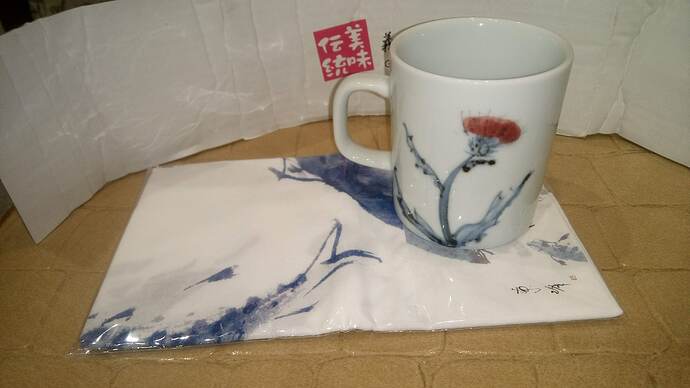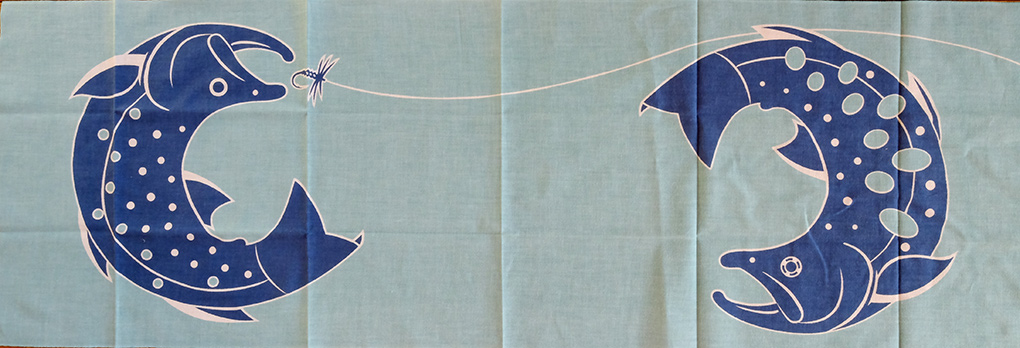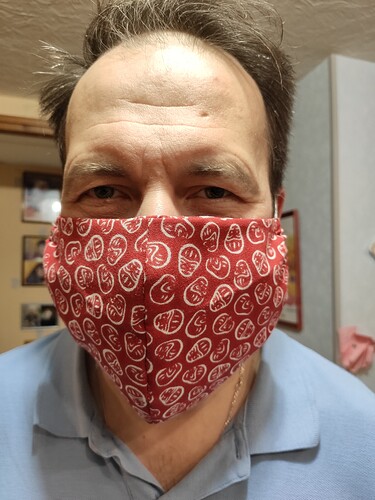Now and again, while searching the internet for Japanese tenkara websites, I stumble upon the blog [道草楽描] of Itō Takashi, [伊東孝志].
He describes his blog as a - sketch diary of a wandering painter.
I don’t why his blog shows up once in a while in my tenkara searches, he seems to be mostly a sea kayaking, beach camping guy.
I admire his sketching skills, the type of talent I’d like to have. You might enjoy his sketches, too. Even if they are not about tenkara or keiryū fishing.
http://michikusa-rakugaki.blogspot.com/
I stumbled upon his blog again today, and decided to read his profile, where he writes he is dedicated to painting, writing, and making tenugui. [てぬぐい作り].
Someone has to make the images for making tenugui. The necessary step needed before doing the chūsen [注染] dying of the cloth. 
Two tenugui created for a firewood stove company.
薪ストーブ・ライフ 手ぬぐい Firewood stove life tenugui
http://michikusa-rakugaki.blogspot.com/2018/11/blog-post.html
薪ストーブ・ライフ 手ぬぐい 2 Firewood stove life tenugui 2
I also discovered he has a website that sells his tenugui designs. Yadokari House.
http://michikusa-rakugaki.blogspot.com/2017/05/online-shop-open.html
One of his 注染手ぬぐい [ chūsen tenugui]
ブーゲンビリアと石畳 赤 , bougainvillea (tree) and cobblestone red
yadokari-house bougainvillea and cobblestone red tenugui
Beautiful tenugui.
However, I just wanted to highlight that artist are also needed to create tenugui, and mostly hoped you would enjoy seeing Itō Takashi-san’s sketches on his blog. 












